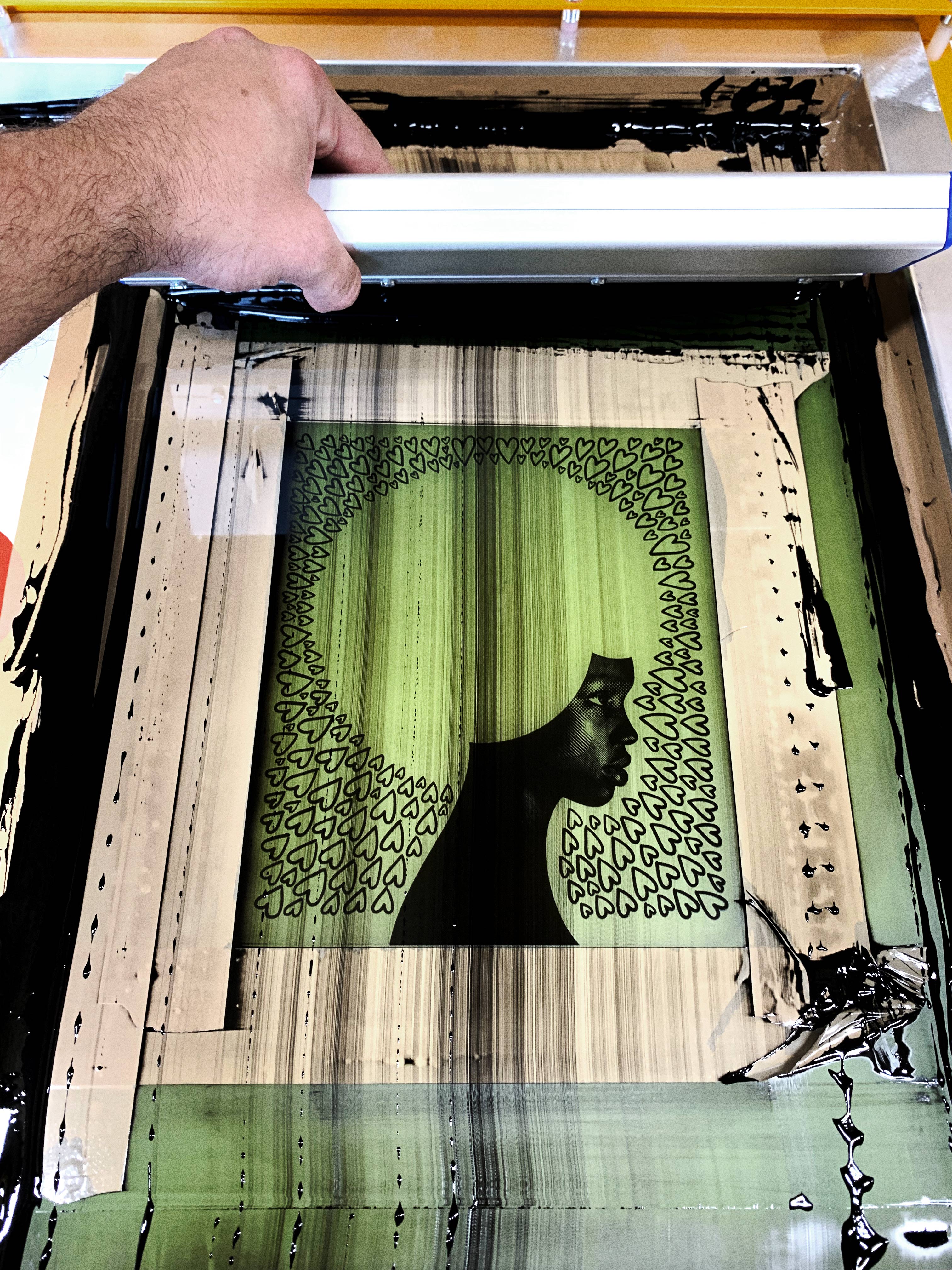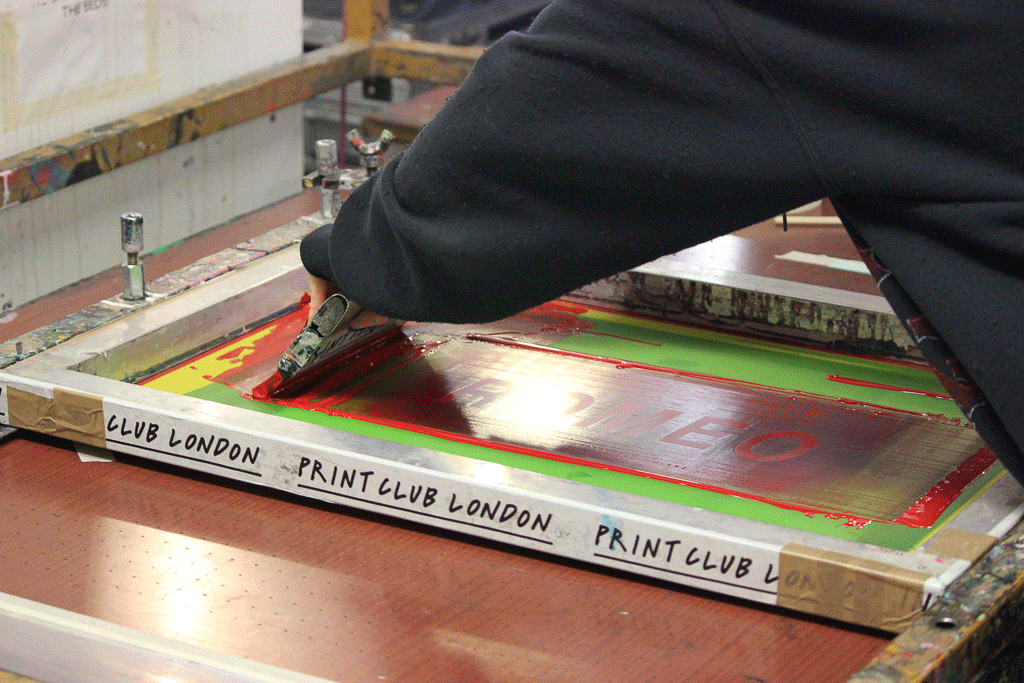ChatGPT said: Top ways to work with 10:9 Design Texas for promotional products
The Necessary Guide to Understanding Screen Printing and Its Versatile Uses
Screen printing has an abundant background that dates back to ancient times, advancing into a sophisticated method used across different markets today. This overview discovers the intricacies of the screen printing process, detailing its applications in marketing, home, and fashion decoration - 10:9 Design reviews. Understanding these basics can open innovative potential for both industrial and artistic jobs. The complying with areas will certainly disclose important ideas and strategies to boost one's screen printing endeavors
The Background of Screen Printing
Screen printing has origins that map back centuries, its advancement reflects the imaginative and technical developments of different cultures. Coming from in old China, the strategy was originally utilized for enhancing fabrics and later infect Japan, where it came to be indispensable to Ukiyo-e woodblock printing. The approach moved to Europe in the 18th century, where it acquired appeal among craftsmens and industrial printers. The invention of picture emulsion in the 20th century reinvented screen printing, permitting more detailed designs and better effectiveness. Artists like Andy Warhol additionally moved its appeal, utilizing the medium to develop renowned works that combined commercialism and fine art. By the late 20th century, screen printing had established itself as a functional method, used in vogue, advertising and marketing, and fine art. Today, it continues to progress, integrating electronic technology and increasing its applications across various markets.
The Screen Printing Process Explained
Screen printing changes imaginative visions right into concrete designs via a collection of exact steps. At first, a photo is developed and afterwards moved onto a screen, usually made from fine mesh fabric stretched over a structure. A light-sensitive solution is put on the screen, which is subjected to light, hardening in areas not covered by the image. After rinsing the unhardened solution, a pattern is formed.
Next, the screen is placed over the substrate, whether it be material, paper, or an additional product. Ink is then pressed via the open locations of the pattern using a squeegee, transferring the layout onto the substrate below. This process can be repeated for numerous colors, needing separate screens for each and every hue. Lastly, the published product is cured using warm to guarantee the ink adheres correctly, leading to a resilient, dynamic design on-line.
Sorts Of Screen Printing Techniques

Furthermore, specialized techniques, such as discharge screen printing, eliminate color from the fabric to create softer prints, while aluminum foil screen printing applies metallic foil to attain a glossy coating (10:9 Design near me). Each technique provides distinctive qualities, satisfying various creative needs and production scales, inevitably increasing the opportunities within the screen printing domain name
Applications of Screen Printing in Numerous Industries

Additionally, the signage and advertising and marketing markets use screen printing for producing appealing screens and banners. This method enables for strong shades and intricate designs that capture interest. In electronic devices, screen printing is utilized for applying conductive inks to motherboard, necessary for element links. Moreover, the home décor sector accepts screen printing to produce distinct designs on fabrics and wall art. In general, screen printing functions as an essential device across diverse fields, enhancing items with customized and aesthetically attractive graphics.
Tips for Successful Screen Printing Projects
While carrying out a screen printing task, mindful focus to information can significantly improve the final result. First, selecting high-grade materials is crucial; this consists of the screen, inks, and substratums. Using ideal mesh counts can influence ink deposition and detail resolution. Prep work is similarly essential; comprehensive cleansing of screens and proper direct exposure times guarantee crisp prints.
Next off, accurate registration is crucial for multi-color prints. Making use of alignment devices can help achieve exact layering. In addition, screening prints on scrap materials prior to production assists determine prospective issues without squandering sources.

Frequently Asked Inquiries
What Materials Are Ideal for Screen Printing on Material?
Cotton and polyester blends are excellent for screen printing on fabric as a result of their resilience and ink absorption. In addition, specialty textiles like silk or canvas can create unique structures and finishes, boosting the general layout quality.
Exactly how Do I Clean and Maintain Screen Printing Devices?
To maintain and clean screen printing equipment, one must routinely clean screens with suitable solvents, check mops for wear, oil moving parts, and store all items in a dry, dust-free atmosphere to extend their lifespan.
What Are the Environmental Impacts of Screen Printing?
Screen printing can have significant environmental effects, consisting of chemical waste from solvents and inks, water usage during cleaning processes, and energy usage. Eco-friendly products and lasting techniques are important for minimizing these negative effects.
Can Screen Printing Be Done in your home Successfully?
Screen printing can be efficiently done at home with the ideal products and methods. Enthusiasts can create high quality prints, though success depends upon their ability level, devices, and understanding of the procedure entailed.
What Are the Prices Linked With Beginning a Display Printing Business?

Beginning a screen printing read more service entails expenses for equipment, materials, and work space. Initial expenses normally range from a couple of hundred to numerous thousand bucks, relying on the range, quality of equipment, and wanted manufacturing capacity.
Screen printing has an abundant history that dates back to old times, progressing into an advanced technique utilized throughout different sectors today. Another method, rotating screen printing, employs cylindrical displays, facilitating constant printing on textile rolls, thereby improving performance for large-scale manufacturings. Additionally, specialized techniques, such as discharge screen printing, eliminate color from the material to develop softer prints, while aluminum foil screen printing applies metal aluminum foil to accomplish a glossy surface. In the style field, screen printing is commonly used to develop lively layouts on clothing, making it possible for brand names to showcase their distinct designs. Cotton and polyester blends are perfect for screen printing on material due to their durability and ink absorption.